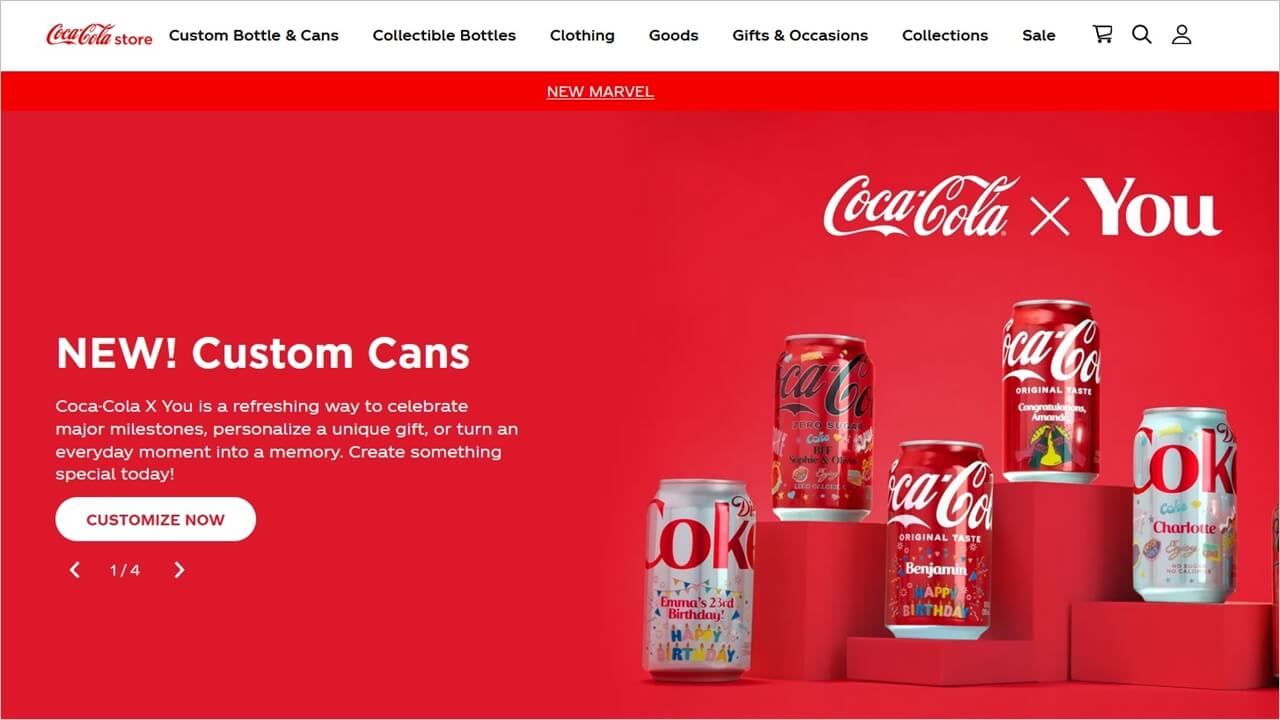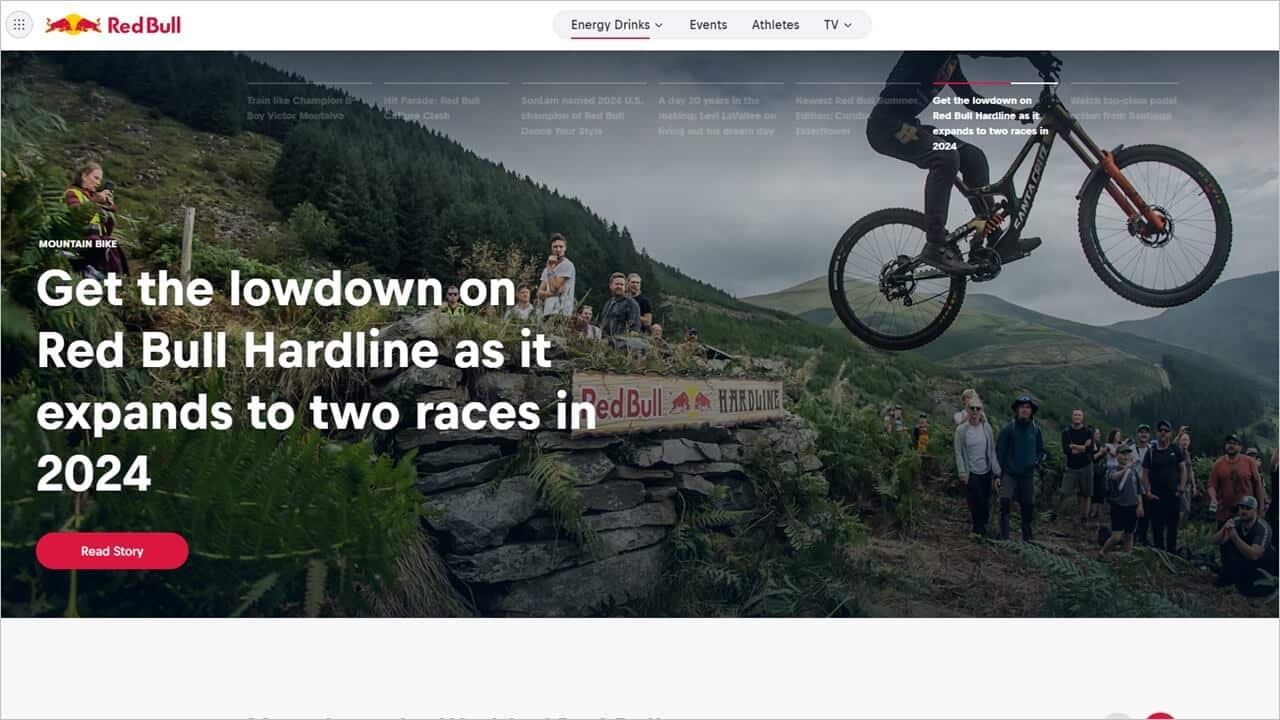You have likely heard the phrase: content is king. But even the most compelling content can fall flat without a well-crafted plan. A content marketing plan is not just a buzzword; it’s a vital roadmap that can drive brand awareness, engage your audience, and boost your bottom line. In this article, we will explore why every brand needs a content marketing plan and how you can use influencers to implement it, supported by examples of effective content marketing strategies.
A content marketing plan serves as a strategic blueprint that outlines how your brand will create, distribute, and manage content to achieve specific marketing goals. It ensures that every piece of content aligns with your brand’s mission and resonates with your target audience. Without a plan, content marketing efforts can become disjointed, inconsistent, and ultimately ineffective.
Setting Clear Content Marketing Goals
One of the primary reasons for having a content marketing plan is to set clear, measurable goals. These goals provide direction and a way to evaluate the success of your content marketing efforts. Common content marketing goals include:
- Brand Awareness: Increasing visibility and recognition of your brand.
- Lead Generation: Attracting potential customers and nurturing them into leads.
- Customer Engagement: Building a loyal community around your brand.
- Sales: Driving direct sales through compelling content.
- SEO: Improving search engine rankings to increase organic traffic.
By defining these goals upfront, you can tailor your content to meet specific objectives and measure its effectiveness accurately.
Components of a Content Marketing Plan
A comprehensive content marketing plan includes several key components:
- Audience Research: Understanding who your target audience is, what they care about, and how they consume content.
- Content Audit: Evaluating existing content to identify what works and what doesn’t.
- Content Strategy: Outlining the types of content you will create, the channels you will use, and the tone and style that aligns with your brand.
- Editorial Calendar: Planning and scheduling content to ensure consistency and timeliness.
- Content Creation and Distribution: Producing high-quality content and distributing it through the right channels.
- Metrics and Analytics: Tracking performance and making data-driven decisions to refine your strategy.
Effective Content Marketing Strategy Examples
To understand the impact of a content marketing plan, let’s look at some examples of brands that have nailed their content marketing strategies.
HubSpot: Inbound Marketing Excellence
HubSpot, a leader in inbound marketing, has mastered the art of content marketing. Their strategy focuses on providing valuable, educational content to attract and engage their audience. HubSpot’s content marketing goals include generating leads and nurturing customer relationships.

https://blog.hubspot.com/
Strategy Elements:
- Blog Posts: HubSpot’s blog covers a wide range of topics related to marketing, sales, and customer service, providing readers with actionable insights.
- Ebooks and Whitepapers: They offer in-depth resources in exchange for contact information, effectively generating leads.
- Webinars and Online Courses: These provide interactive learning experiences, further establishing HubSpot as an authority in the industry.
By aligning their content with their audience’s needs and consistently delivering high-quality resources, HubSpot has built a loyal following and positioned themselves as a go-to source for marketing expertise.
Coca-Cola: Storytelling at Its Best
Coca-Cola’s content marketing plan revolves around storytelling and creating emotional connections with their audience. Their “Share a Coke” campaign is a prime example of how powerful content can drive engagement and brand loyalty.

https://www.coca-colastore.com
Strategy Elements:
- Personalization: The campaign featured Coca-Cola bottles with popular names, encouraging customers to find and share a Coke with their friends and family.
- User-Generated Content: Consumers were invited to share their Coke stories and photos on social media, creating a buzz and fostering a sense of community.
- Multimedia Content: Coca-Cola used videos, social media posts, and interactive web features to amplify the campaign’s reach.
This strategy not only boosted sales but also reinforced Coca-Cola’s brand identity as a source of happiness and connection.
Red Bull: Extreme Content for an Extreme Brand
Red Bull is renowned for its high-energy content that aligns perfectly with its brand image. Their content marketing goals include building brand awareness and creating a lifestyle around their product.

https://www.redbull.com/us-en/energydrink/contact-sports
Strategy Elements:
- Extreme Sports Sponsorships: Red Bull sponsors extreme sports events and athletes, producing thrilling content that resonates with their adventurous audience.
- Red Bull Media House: They operate a full-scale media company, producing documentaries, live events, and digital content that extends beyond their product.
- Engaging Social Media: Red Bull’s social media channels are filled with awe-inspiring videos and photos, keeping their audience engaged and inspired.
By integrating content with their brand ethos, Red Bull has created a powerful and cohesive marketing strategy that keeps their audience coming back for more.
The Role of Consistency and Adaptability
A content marketing plan not only sets the stage for what content to create but also ensures consistency. Consistency in content delivery builds trust with your audience and reinforces your brand message. However, a good plan also allows for adaptability.

Featured Influencer: Jamie-Leigh Haughn
My name is Jamie and I am a Youtuber in the book world (also known as BookTube)! I am an avid reader and enjoy featuring all things bookish on my channel! I’m also a very active person and enjoy sharing my fitness experiences with my followers! I have 13000 subscribers on youtube and my channel is growing every day. I have promoted many companies on my channel featuring a variety of products and subscription services. I am excited to work with different companies and spread the word on all of the amazing products to my viewers!
The digital landscape is constantly changing, and your content marketing strategy should be flexible enough to adjust to new trends, technologies, and audience preferences.
Measuring Success and Iterating
No content marketing plan is complete without a method for measuring success. By using analytics tools, you can track key performance indicators (KPIs) such as website traffic, engagement rates, and conversion rates. This data helps you understand what’s working and what’s not, allowing you to iterate and improve your strategy over time.
Bringing It All Together
Every brand, regardless of size or industry, can benefit from a well-crafted content marketing plan. It provides a clear roadmap to achieving your marketing goals, ensures consistency, and allows for data-driven decision-making. By looking at examples of effective content marketing strategies from brands like HubSpot, Coca-Cola, and Red Bull, it’s evident that a strategic approach to content can drive significant results.
Unlike most other influencer marketing platforms, Intellifluence is home to tens of thousands of trusted influencers who own blogs. This means you can can go far beyond social media to also support your search engine optimization (SEO) initiatives. You can find the best bloggers and influencers using our Discover tool and filtering by audience reach or website metrics, depending on your specific goals.
Ultimately, a content marketing plan is not just about producing content; it’s about creating meaningful connections with your audience and driving your brand forward in a crowded digital space. Whether you’re aiming to boost brand awareness, generate leads, or foster customer loyalty, a solid content marketing plan is the key to success. By investing the time and effort into developing a comprehensive plan, you set your brand up for sustainable growth and a competitive edge in the marketplace.

SallyBot is committed to helping users get the most out of Intellifluence. By helping brands create campaigns, providing unparalleled customer service and offering useful advice, nothing makes SallyBot happier than hearing she is liked… Really, really liked.






